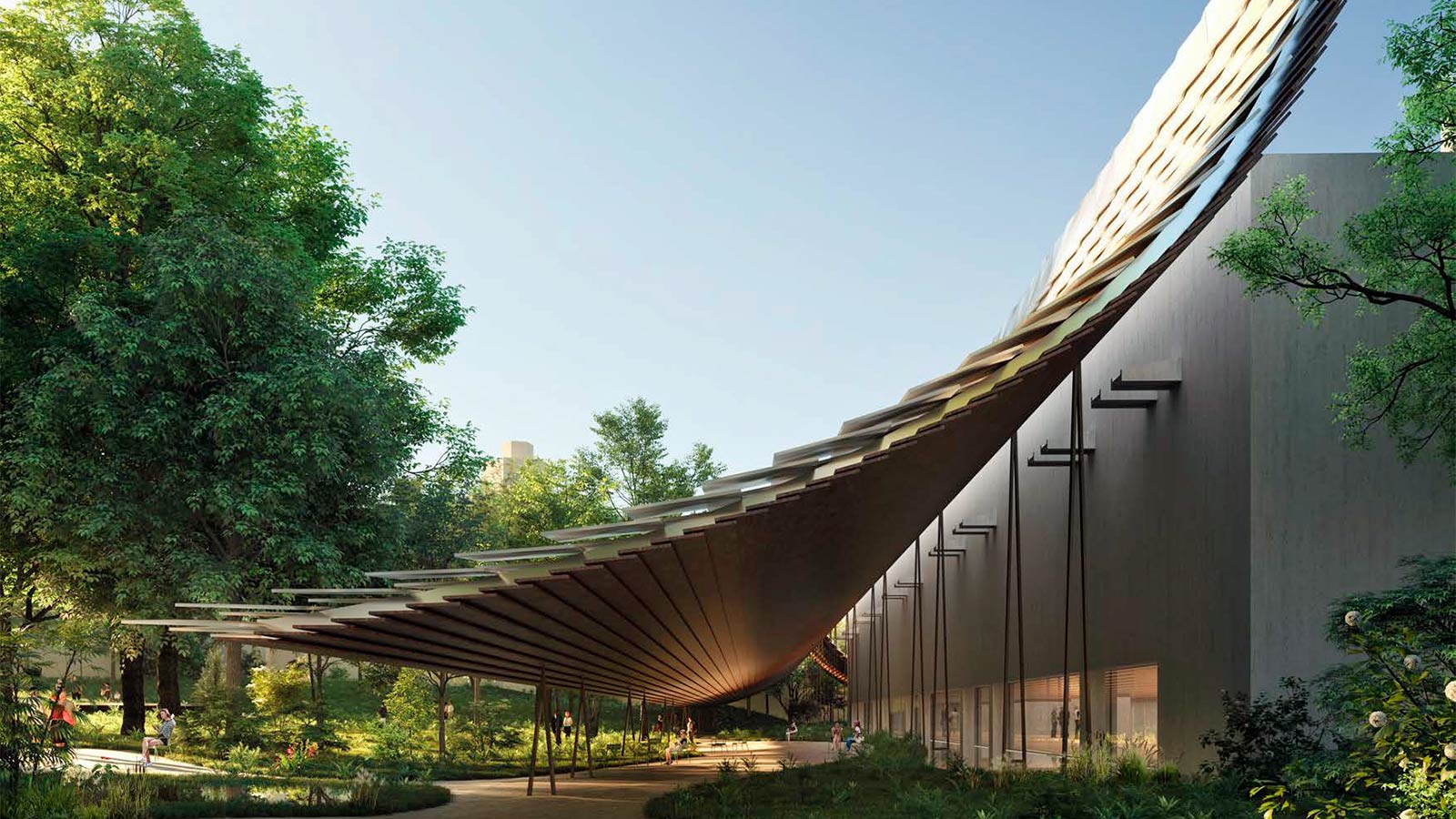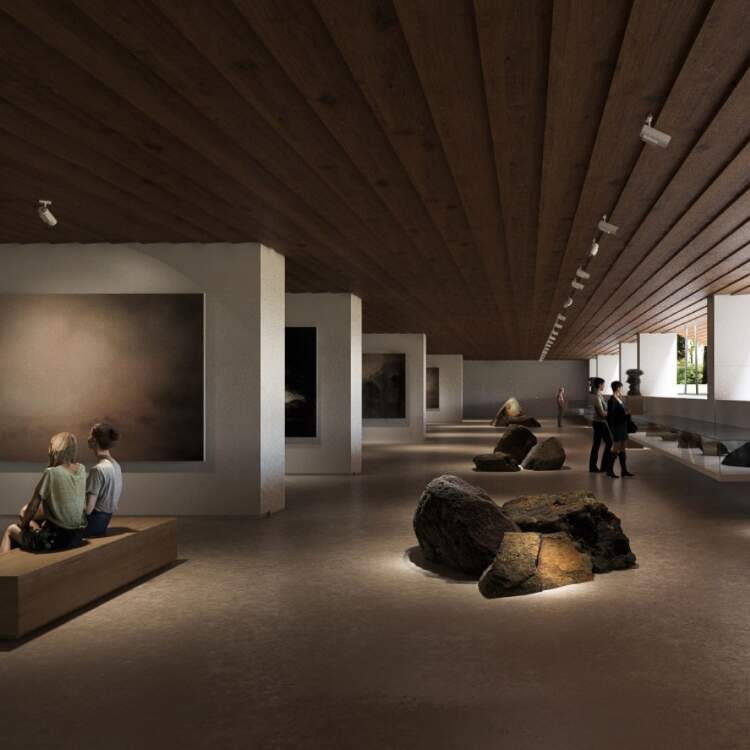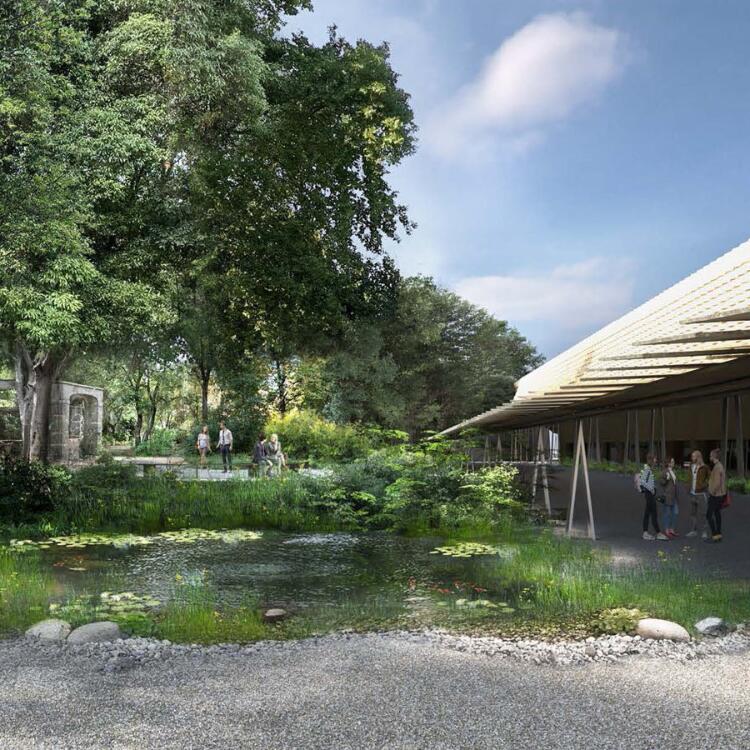- No products
Gulbenkian Modern Art Centre: Reopening and Exhibition
The Calouste Gulbenkian Foundation’s Modern Art Centre (CAM), one of the leading spaces dedicated to modern and contemporary art in Portugal, has undergone a major transformation. Along with an architectural renovation, CAM hosts a special jewelry collection in collaboration with Portugal Jewels, highlighting the ongoing dialogue between tradition and modernity, promising a unique and innovative artistic experience.
Calouste Gulbenkian Foundation: A Cultural Legacy that Encompasses the Museum and the CAM
The Calouste Gulbenkian Foundation, established in 1956 by Armenian business magnate Calouste Sarkis Gulbenkian, is one of Portugal’s most prominent cultural and philanthropic institutions. Based in Lisbon, the foundation is dedicated to promoting knowledge, cultural exchange, and social and economic development, supporting a wide range of projects in the areas of art, science, education, and health. An integral part of the foundation, the Calouste Gulbenkian Museum houses a rich collection of modern and contemporary art, both Portuguese and international. In addition to the museum, the foundation is also responsible for the Centro de Arte Moderna (CAM) Gulbenkian, a key space for the preservation and promotion of modern art in Portugal. The renovated CAM continues to be a pillar of culture in Lisbon, reinforcing the foundation’s commitment to art and culture globally.
The New CAM: Renovation, Architecture and Garden in Harmony
The renovated CAM building is the work of acclaimed Japanese architect Kengo Kuma, who was responsible for imagining the original space designed by Leslie Martin and opened in 1983. Kuma, known for integrating elements of traditional Japanese architecture into his creations, brought to CAM the concept of engawa , a space for interaction between the interior and exterior, which promotes a harmonious fusion between the building and the garden that surrounds it:
The new building was expanded to house exhibitions from the museum's permanent collection. The façade was then transformed, giving the building a new identity. However, it is in the atrium that we find the visual connection between the foundation's two gardens, creating a continuity between the exterior and interior spaces.
The southern garden, redesigned by landscaper Vladimir Djurovic, was inspired by the original project by Gonçalo Ribeiro Telles and António Viana Barreto. This new green area, open to the city, reflects the region's native vegetation and offers visitors a space for tranquility and contemplation amidst nature.
Exhibitions at CAM
As a cultural landmark in Lisbon, CAM is home to some very important works and exhibitions, such as the exhibition by Portuguese artist Leonor Antunes, based in Berlin.
This collection includes works by women artists that were part of her exhibition entitled da desigualdade constante dos dias, in CAM's Main Gallery. An immersive installation that dialogues with the architecture of the space, exploring themes such as the relationship between space and memory, and the role of women in the history of modern art.
The Linha de Maré exhibition features more than 90 works, focusing on the April 25 Revolution and its cultural and social consequences. Works by renowned artists such as Paula Rego, Helena Almeida and Fernando Lemos provide a comprehensive view of contemporary Portuguese art. In Fernando Lemos' work, the artist received a grant from the Gulbenkian Foundation to study Japanese calligraphy, and his drawings and photographs are shown alongside Japanese prints from the Gulbenkian Museum's collection. This juxtaposition reflects the influence of Japanese culture on Lemos' work, allowing us to explore the connections between East and West in modern art.
Japan features prominently in this reopening, with performances and exhibitions by contemporary Japanese artists such as Go Watanabe and Yasuhiro Morinaga. This link between CAM and Japanese culture underlines the importance of intercultural dialogue in artistic creation and reinforces the connection between Japanese and Western cultures.
Portugal Jewels Jewelry Exhibition at CAM
The newly renovated CAM offers a diverse range of exhibitions and programs that blend tradition with modernity. Adding to CAM’s diverse offerings, they present a collaboration with Portugal Jewels: a jewelry collection that blends Portuguese tradition with contemporary design. The capsule collection, titled Engawa, draws inspiration from the Japanese concept of a transitional space, symbolizing the fluidity between tradition and innovation. Featuring designs that reinterpret tradition with modern geometric patterns, this collection is a testament to the seamless integration of heritage and contemporary aesthetics. Through this exhibition, CAM reinforces the importance of jewelry as a form of art and a vital aspect of Portuguese cultural identity.
The New CAM: A Legacy of Art and Culture to visit
The new phase of CAM brings a diverse and innovative programme, with temporary exhibitions, performances, workshops and other cultural activities that will enrich Lisbon’s cultural life. The center will also be open to collaborations with international artists and institutions, reinforcing its role as one of the main centers for modern and contemporary art in Portugal and Europe.
The reopening of the Gulbenkian Modern Art Centre is an unmissable opportunity for all those who appreciate art and culture. With a renovated building, a stunning garden and an excellent cultural programme, the CAM promises to be one of the most vibrant and dynamic spaces in Lisbon.
For more information about the reopening of CAM Gulbenkian, visit CAM official website.
Don't miss the opportunity to visit this city icon and explore the exhibitions and activities that CAM has to offer.



.jpg)


